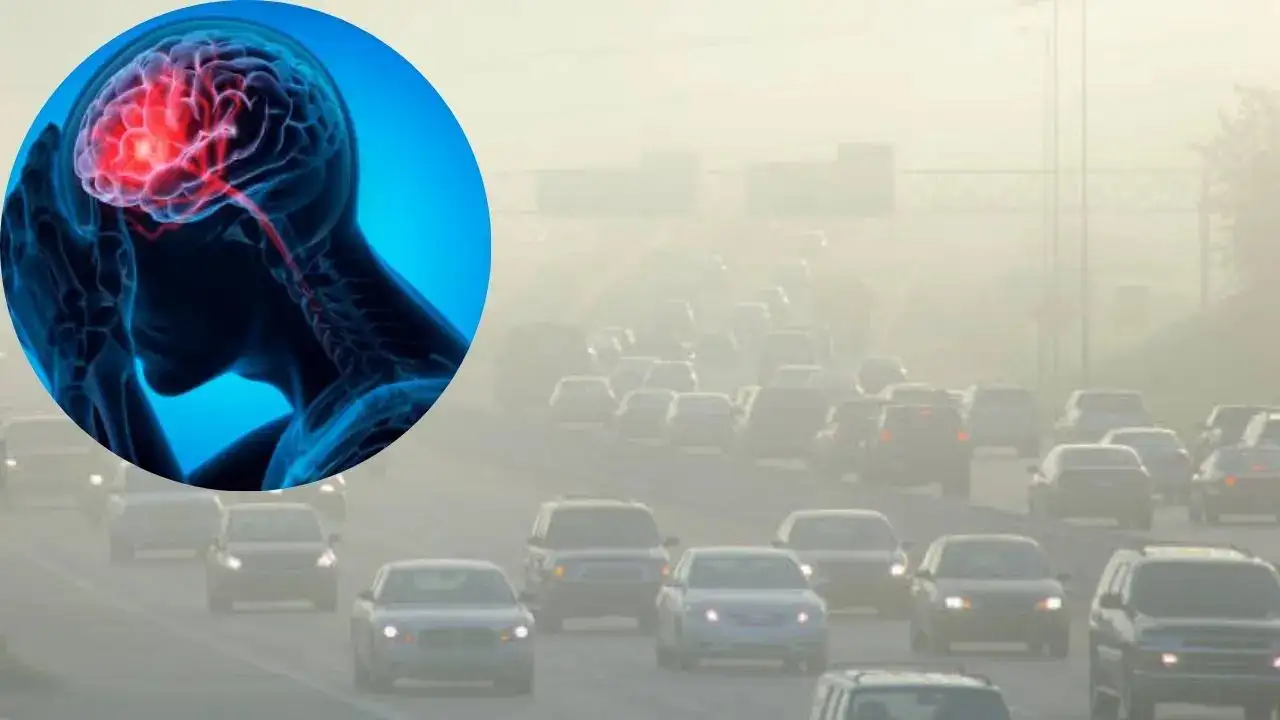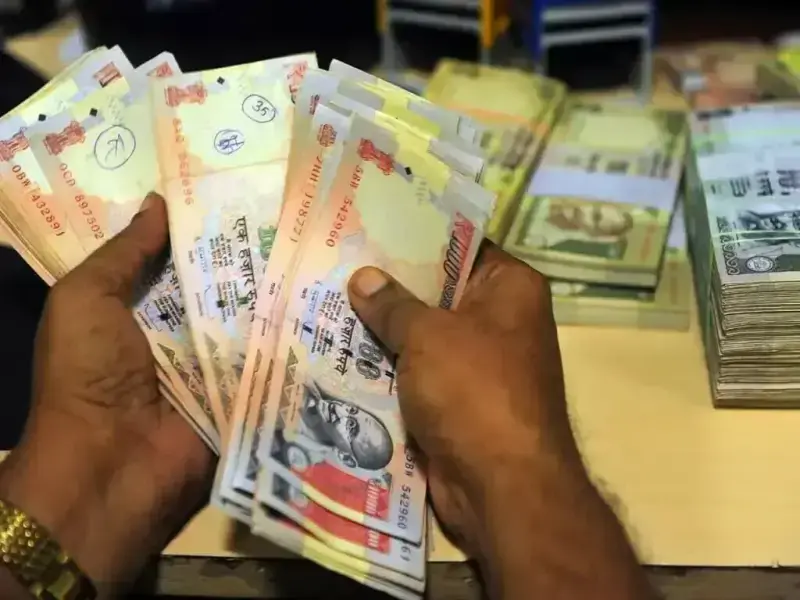Copyright timesnownews

Residents of Delhi-NCR continue to breathe toxic smoke, fumes, and smog – with dangerous levels of the Air Quality Index (AQI), which experts warn can increase the risk of strokes. A stroke is a medical emergency that occurs when blood flow to part of the brain is blocked or a blood vessel in the brain bursts, causing brain cells to die from a lack of oxygen and nutrients. This leads to lasting brain damage, disability, or even death. According to experts, the risk is for everyone, but especially for older adults and those with pre-existing cardiovascular or respiratory conditions. Exposure to pollutants like PM2.5, NO₂, and CO can raise stroke risk, and even short-term exposure can trigger a stroke within hours. How does high pollution increase the risk of stroke? A recent study published in The Lancet has also highlighted a strong link between long-term air pollution exposure and the growing burden of stroke, especially among younger populations. According to the findings, pollution-related inflammation and stress accelerate damage even in otherwise healthy individuals. Doctors say toxic particles in the air cause inflammation in blood vessels and increase the risk of hypertension and diabetes. Several studies have demonstrated that individuals exposed to polluted air are more susceptible to both conditions. These metabolic disorders, in turn, raise the risk of stroke and heart disease. This worsens during Diwali, as even if firecrackers contribute a small percentage to the total pollution, these still add to the problem and harm public health. Doctors say inflammation and vessel damage can also lead to hypercoagulopathy, a state where blood is more prone to clotting. These clots can travel to the brain, causing an ischemic stroke. According to the Indian Stroke Association, there is a stroke case every 20 seconds, with over 18 lakh new cases annually. Alarmingly, the average stroke age has dropped to 50 to 60 years in the country, compared to 60 to 70 in the West. While doctors recommend at least 20 minutes of exercise daily, the guidelines issued by the World Health Organisation advise people to stay indoors when the AQI crosses 150. Recognising early symptoms of stroke “When it comes to stroke, every second counts. A stroke is often referred to as a “brain attack”—just like a heart attack, but in the brain. It occurs when the blood supply to a part of the brain is suddenly interrupted, leading to loss of oxygen and damage to brain cells. The most critical fact to remember is that timely action within the 4.5-hour golden window can make the difference between full recovery and lifelong disability,” Dr Ashish Gosar, Consultant Neurologist at Saifee Hospital, told Times Now. Dr Gosar emphasises that the first 4.5 hours from the onset of symptoms is the most critical period. During this time, doctors can administer a thrombolytic agent, a clot-busting drug that restores blood flow to the brain. Before giving this medicine, doctors perform urgent imaging, like a CT scan or MRI, to confirm that the stroke is caused by a clot and not bleeding. Acting within this timeframe can significantly reduce brain damage and improve recovery outcomes. Signs and symptoms of stroke A stroke can cause different symptoms depending on which area of your brain it affects. Some of the most common symptoms include: Aphasia, or speaking, or a complete loss of speech Blurred or double vision Confusion or agitation Coma Dizziness and vertigo Headaches Loss of muscle control on one side Loss of coordination Nausea and vomiting Neck stiffness Slurred speech Seizures Sudden worsening or loss of your senses



